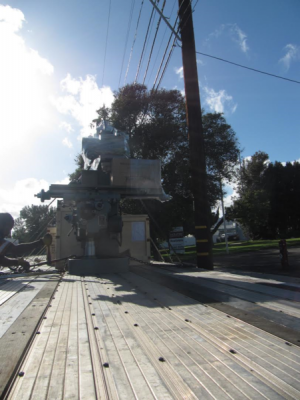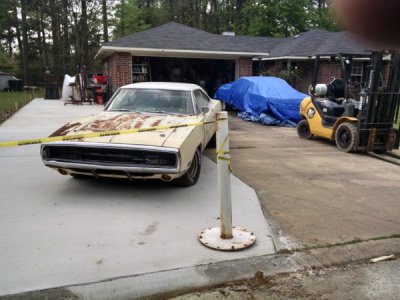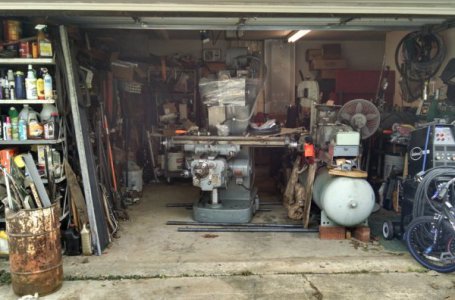- Joined
- Dec 6, 2012
- Messages
- 2,677
John TV,
Unless the price is silly, this should be a done deal. If you decide to pass please let me know.
Also, give a shout if you want a hand moving her.
Depending on the pick up location and destination it'll cost you a coffee and sandwich.
I'm no longer spry, young and/or muscular. But that's what mechanical advantage is for!
Do you have a suitable truck & trailer?
I've got skates and pipes and levers.
I'd take the motor, overarm, support, and vise off.
But, leave the head and table, carriage and knee in place.
Unless you plan to tear her down anyway, and even then it's nice to have the control of a shop vs a driveway.
Daryl
MN
Unless the price is silly, this should be a done deal. If you decide to pass please let me know.
Also, give a shout if you want a hand moving her.
Depending on the pick up location and destination it'll cost you a coffee and sandwich.
I'm no longer spry, young and/or muscular. But that's what mechanical advantage is for!
Do you have a suitable truck & trailer?
I've got skates and pipes and levers.
I'd take the motor, overarm, support, and vise off.
But, leave the head and table, carriage and knee in place.
Unless you plan to tear her down anyway, and even then it's nice to have the control of a shop vs a driveway.
Daryl
MN





